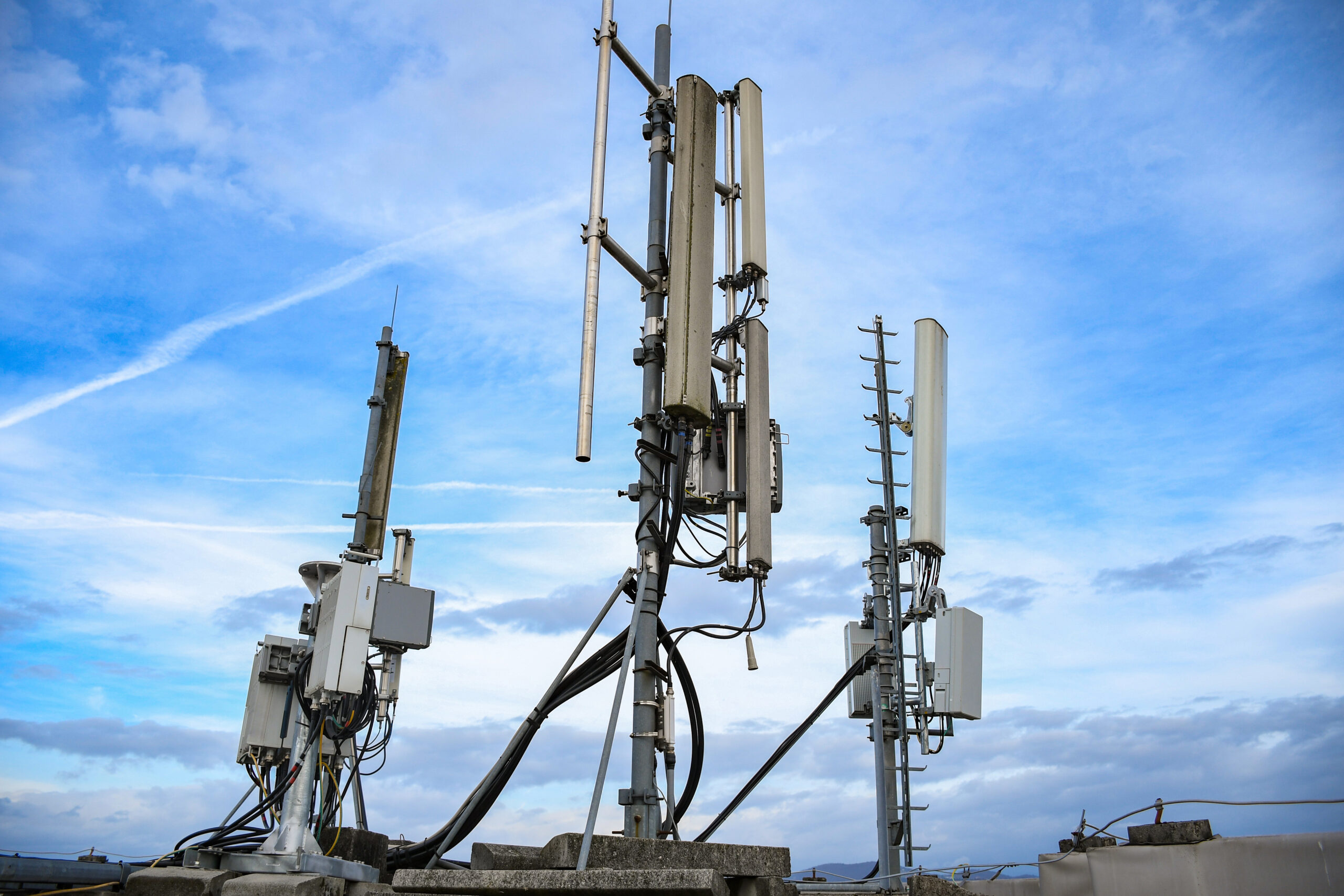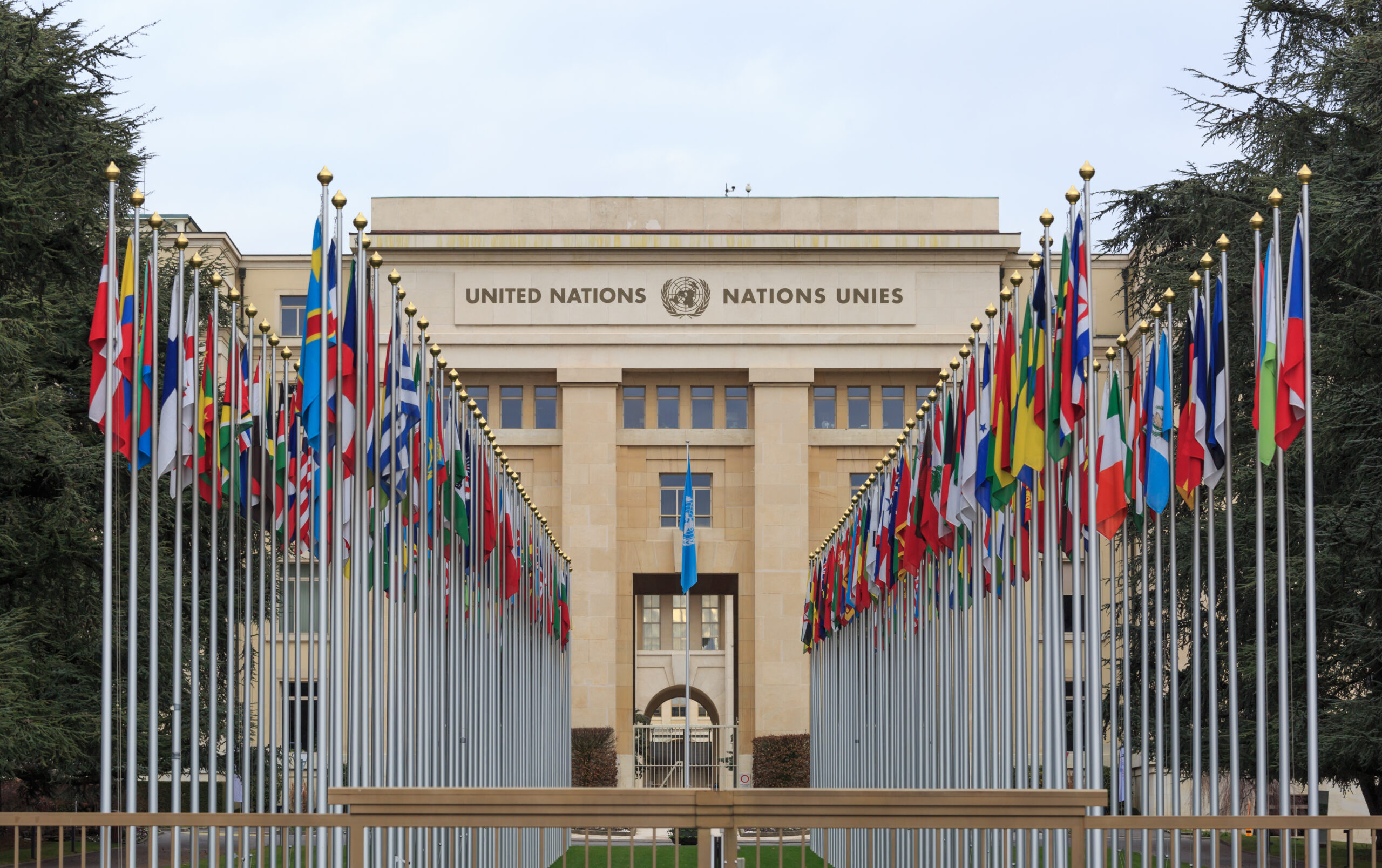Loose Nukes and Extended Metaphors: Potential Problems With the Kodak Patent Auction
At the moment, the patent system is seriously malfunctioning. The high volume of low quality, poorly defined patents, particularly in the software and IT industries, is catalyzing the explosion in patent litigation. And lately, the problem has been getting much worse. In fact, the amount of litigation involving software patents has tripled since 1999 and a software patent is more than twice as likely [PDF] to be involved in litigation as its non-software counterparts.
Our broken system affirmatively penalizes innovation. Empirical research has shown that the more money a company invests in R&D, the more likely it is to be punished with infringement litigation. This weakens our economy and harms our nation’s global competitiveness. Just ask America’s most prolific legal scholar, Judge Richard Posner. Furthermore, last year’s patent “reform” legislation, the America Invents Act (AIA), did little to solve the fundamental problems at the heart of the current explosion in litigation. As Richard Waters of Financial Times wrote last year, the AIA did little to fix the broken system:
Yet, while there was general agreement that an overhaul was badly needed, the law that was eventually passed did little to fix what is widely seen as the current system’s chief weakness: that it leads to the issuing of too many patents that lack real innovation and that clog up the legal system once their holders seek to enforce them against alleged infringers.
As a result, we have arrived at another inflection point as patents, and the problems surrounding them, are again in the headlines. Although the Samsung vs. Apple trial, and its fight over who owns the rights to a rectangle, is getting a majority of the recent headlines, another major patent battle is looming. This Monday opening bids were submitted ahead of an August 8 auction for some 1,100 patents belonging to the now bankrupt Eastman Kodak Corporation. Given the rampant patent litigation in the high-tech space, the thought of 1,100 more litigation weapons flooding the marketplace is troubling. The situation gets even more worrisome when one looks at the parties lining up to bid.
The Wall Street Journal reports that both Apple and Google are leading competing consortia in an effort acquire these patents, which largely pertain to digital photography–a key component in smartphones. The consequences of this will potentially open up another front in the smartphone patent wars. Although Google’s consortium appears defensive, as it is made up of its partners in the Android ecosystem, Samsung, LG and HTC, and defensive patent aggregation firm RPX (which pledges never to assert its patents offensively); Apple’s consortium is headlined by the notorious (and massive) patent assertion firm, Intellectual Ventures, and Microsoft.
The partnership between Apple, the main litigant in the global “thermonuclear war” against Android, and Intellectual Ventures, the king of the patent trolls, is particularly troubling for many reasons: two of which are explored here.
The Sketchy History of Recent Patent Auctions
As many observers of the patent world may remember, there have been two major recent patent auctions in the IT space, where failing companies’ patent portfolios have been put on the auction block. In the case of Novell, which was in the process of being acquired by Attachmate, 882 patents were sold to a consortium of bidders, including Apple, Microsoft, EMC and Oracle. In the case of Nortel, the former Canadian Telecom giant that fell on hard times and went bankrupt, its patent portfolio was eventually purchased by Rockstar Bidco, a consortium of companies that included Apple, Microsoft, Sony and EMC. In both cases competition concerns were raised, particularly from supporters and users of open-source software, that prior commitments made by patent holders and new commitments made by the purchasers, not to use patents against open-source software (or to abide by prior FRAND commitments) would be honored.
However, despite these concerns, the antitrust regulators world over–relying on pledges from the parties involved in the transaction–stated their belief that the prior commitments from Novell and Nortel regarding the use of their patents would be honored by the new owners.
As Michael Tiemann of the Open Source Initiative (OSI) commented on the Novell transaction:
When the OSI first learned of this proposed transaction, we were alarmed that four companies with dominant market positions and a mixed attitude towards open source software could redeploy what the open source community had considered to be a friendly asset–Novell’s patent portfolio–into a weapon against open source software. We are delighted that you have made clear that the [german antitrust regulator] cannot allow a transaction that would create or strengthen a dominant position on markets in which such investors are active, and we are happy to provide the additional information you have requested about the proposed restructuring of this transaction.
In the US, the DOJ approved both deals (plus Google’s Motorola acquisition) but said it would continue to monitor the wireless device space because it remained concerned as to whether or not prior pledges would be honored:
The division’s continued monitoring of how competitors are exercising their patent rights will ensure that competition and innovation are unfettered in this important industry.
All three of the transactions highlight the complex intersection of intellectual property rights and antitrust law and the need to determine the correct balance between the rightful exercise of patent rights and a patent holder’s incentive and ability to harm competition through the anticompetitive use of those rights.
However, soon thereafter, the President of the company behind the Apple and Microsoft backed bid–the Rockstar Consortium–publicly repudiated new commitments made by the companies that established it, saying: “We are separate. [Apple and Microsoft’s pledges] don’t apply to us.”
This is made even more troubling by other comments that the head of the Rockstar Consortium, John Veschi, made in the same article, which included doozies like:
“Pretty much anybody out there is infringing… It would be hard for me to envision that there are high-tech companies out there that don’t use some of the patents in our portfolio.”
And this revealing comment that articulates Veschi’s justification for holding the rest of the industry hostage:
“A lot of people are still surprised to see the quality and the diversity of the IP that was in Nortel… And the fundamental question comes back: ‘How the hell did you guys go bankrupt? Why weren’t you Google? Why weren’t you Facebook? Why weren’t you all these things, because you guys actually had the ideas for these business models before they did?’ They were within a Bell Labs-y kind of environment, and maybe the wherewithal of turning them into businesses wasn’t necessarily there.”
So, to recap, the commitments that gave worldwide antitrust regulators the confidence to approve these controversial deals are being repudiated by the individual with the power to ignore them, and who thinks that:
- Everyone in the IT industry infringes on his patents.
- Because Nortel–his former employer where the Rockstar patents came from–had some ideas, but was less successful at implementing them, he has the right to hold the rest of the IT industry hostage.
Apparently, the purpose of the patent system is to allow unsuccessful companies the right to extract billions of dollars from companies that are more successful. (Again, how is this not a net drag on innovation?)
But the very fact that he claims EVERYONE in the IT industry infringes on his patents seems to be prima facie evidence that many, if not most, of these patents were not novel, and therefore invalid… unless he is contesting that every IT company stole Nortel’s ideas, which is laughable. But I digress…
What we do know now is that patent commitments made to competition authorities are suspect (and, of course, commitments are made to be broken), particularly when patents are controlled by NPEs outside of the direct control of the original purchasers.
Loose Nukes
To fully understand the problems posed by Intellectual Ventures’ involvement in this new consortium, one must also understand the tectonic shift in the underlying foundations of the patent system. Although the explosion of low-quality, poorly defined patents–particularly in the software space–has long been identified as a problem that greatly increases litigation risk and the overall deadweight loss to our economy, the problem has been largely isolated until recently. It was once thought that the threat of Mutually Assured Destruction (MAD to borrow the Cold War acronym), meant that the big companies with large patent portfolios would not sue their peers because they would be sued back and everyone would lose. However, the rapid growth of huge non-producing entities (NPEs) that exist solely to exert other people’s patents (usually acquired through bankruptcy) against successful companies greatly changed the precarious MAD equilibrium that once existed.
Some–admittedly clever–companies, such as Apple, recognized that they could acquire patents, take a perpetual license to them, and then sell them off to NPEs such as Intellectual Ventures (or as they have already done with Digitude), who are then incentivized to attack the original purchasers competitors (because the purchasers have a license and its competitors don’t). This strategy allows the original purchaser to attack their competitors and make money off of the patent sale to the NPE (and often they take a cut of the litigation and settlement revenue as well) all the while insulating themselves from the threat of countersuit (the NPE is immune to the threat of counter-assertion because they don’t make products and therefore do not infringe on anyone’s patents).
To extend the nuclear war metaphor to encapsulate this new phenomenon, if the old paradigm was Mutually Assured Destruction where corporations, like nation states, refuse to attack each other because of the threat of personal annihilation, these new NPEs are akin to stateless terrorist entities with nuclear weapons, who are immune to direct threat of attack. Also, much like stateless terrorist organizations, these NPEs move in the shadows and cover their tracks. Intellectual Ventures, by one scholar’s account, has at least 1300 shell corporations–so its activities are difficult to track. So, we therefore see “states” discretely selling “nukes” to “terrorist cells” with the understanding that they will be used against their foes who cannot directly attack them back.
The bankruptcy portfolio auctions, however, are a variation on this theme, and are more similar to loose nukes from “failed states,” wherein weapons of business destruction flood the marketplace as one entity fails, and the remaining entities with the most to lose – enterprises that actually produce value – must scramble to keep these loose nukes out of the hands of less reputable actors.
DOJ Should Review Newest Auction with Recent Trends in Mind
These patent consortiums allow companies like Apple and Intellectual Ventures to work together to acquire more patents that will be used in the thermonuclear war against Android. As the case of the prior auctions make clear, the commitments that competition authorities have relied on in the past to ensure that these consortiums don’t use patents “anticompetitively” (which is semi-ironic, given that new patent thickets are valuable because they give you the right to harass your competition) are suspect at best, particularly because Intellectual Ventures will filter the patents through a network of “legally distinct” shell companies–companies that will likely claim prior commitments don’t apply to them–before they are used against Apple’s Android competitors, which they surely will be, given the incentives of those involved.
Given the Justice Department’s prior concerns and recent micro and macro trends in the patent ecosystem, it seems that it is completely appropriate for the DOJ (and competition authorities around the world) to review this upcoming transaction from a different lens than it did just 6 months ago. The world has changed.








